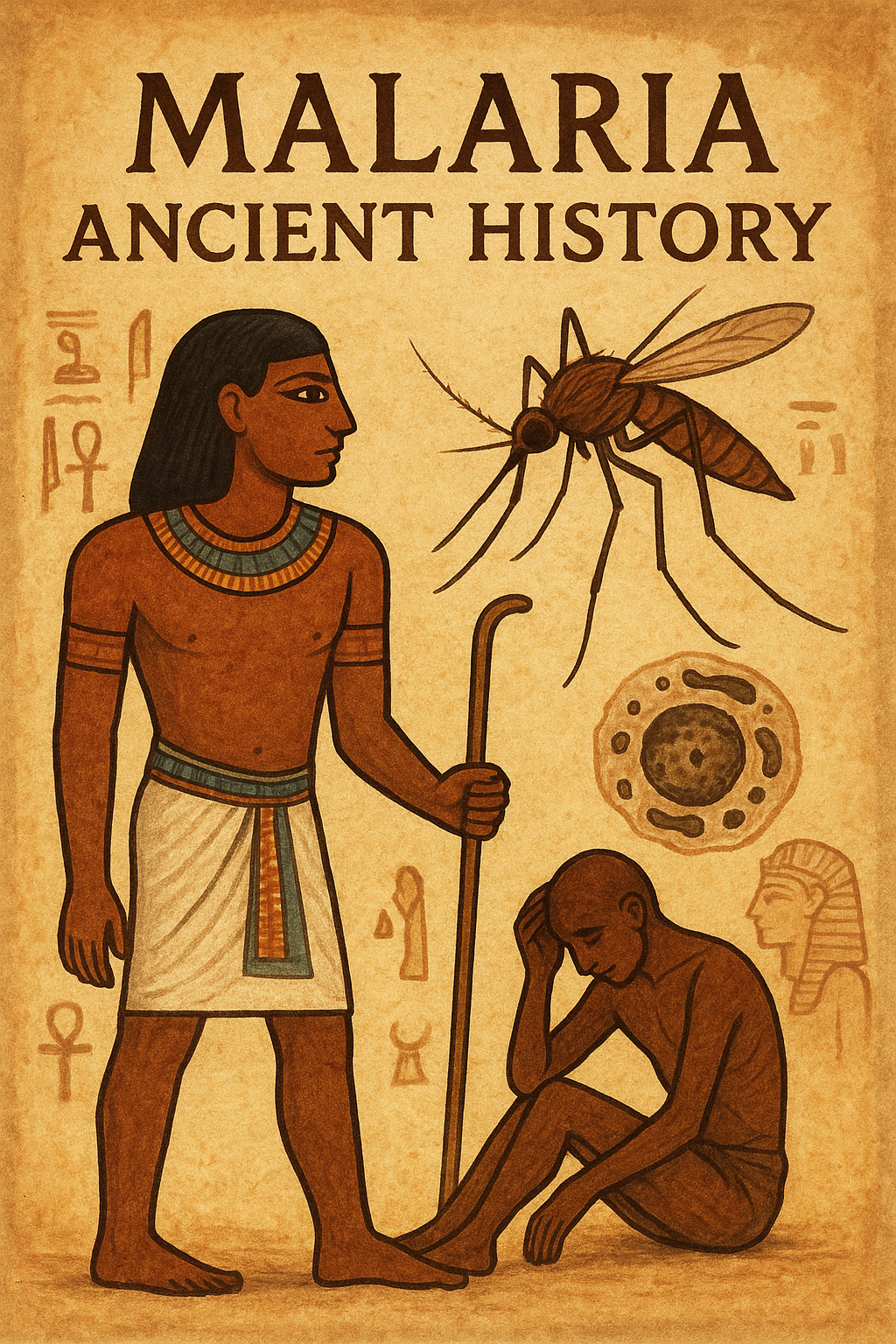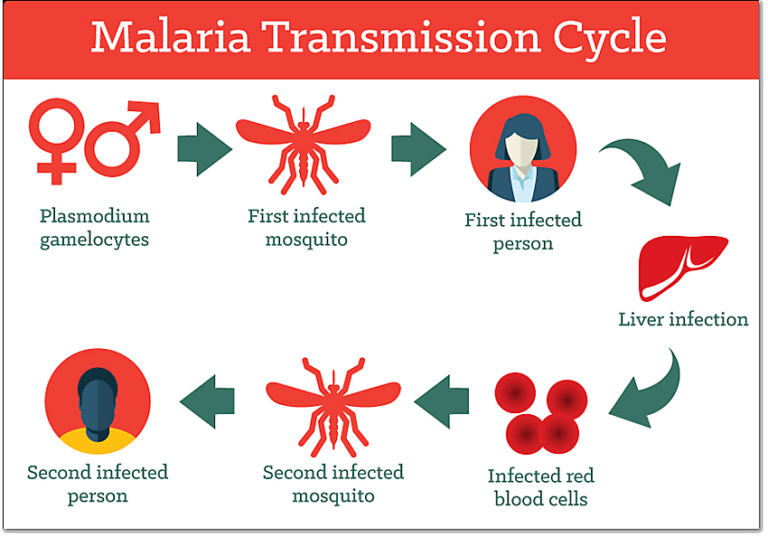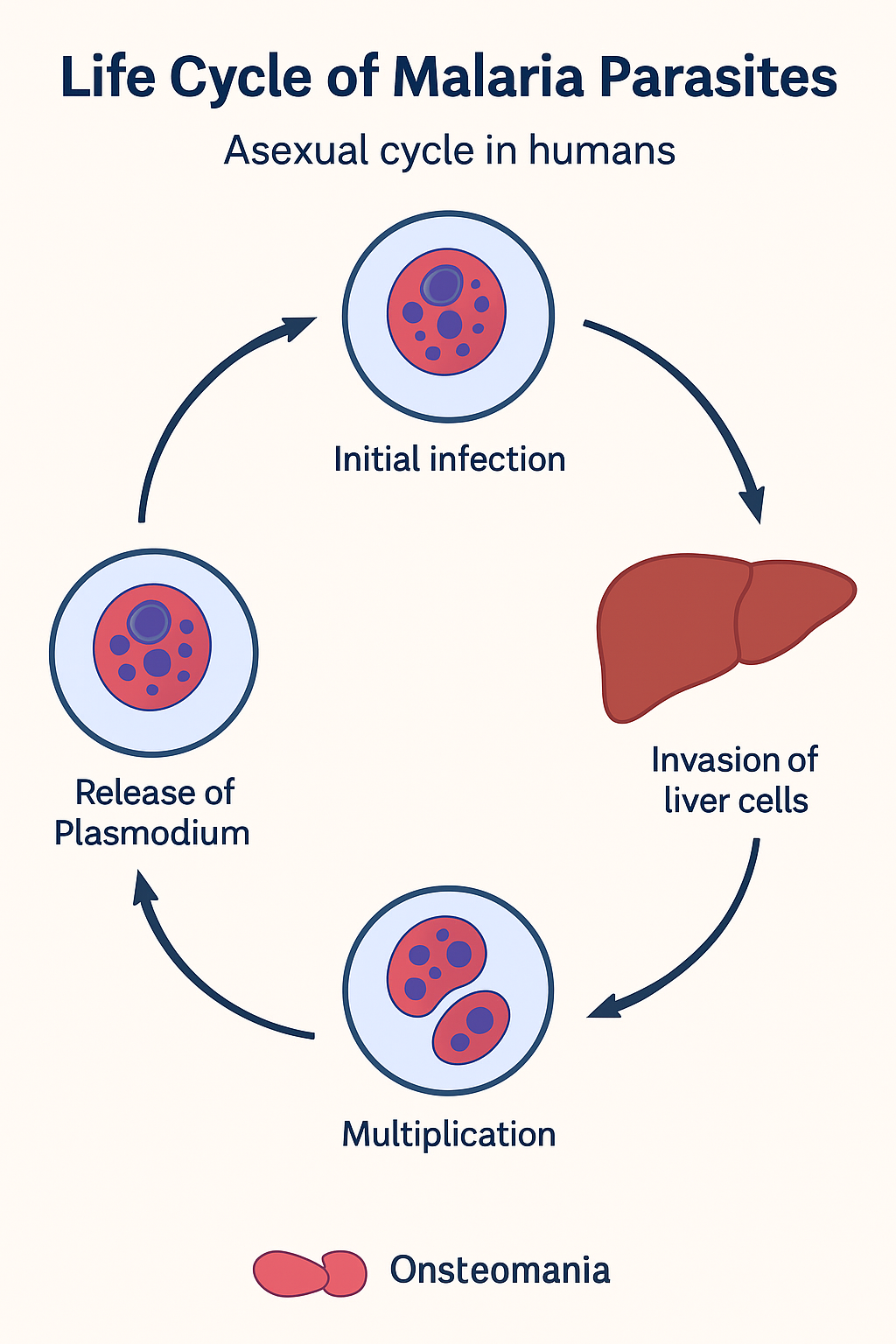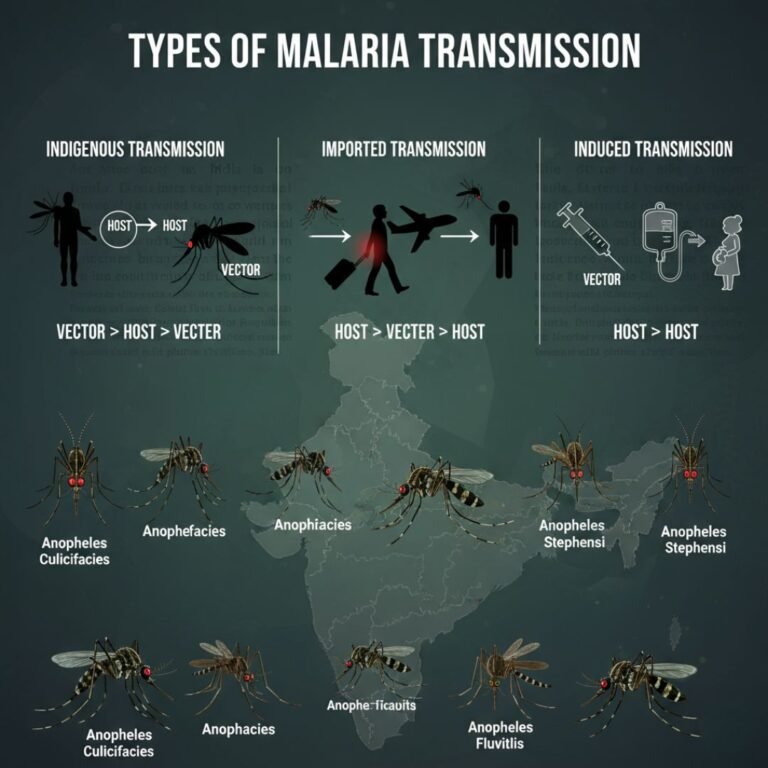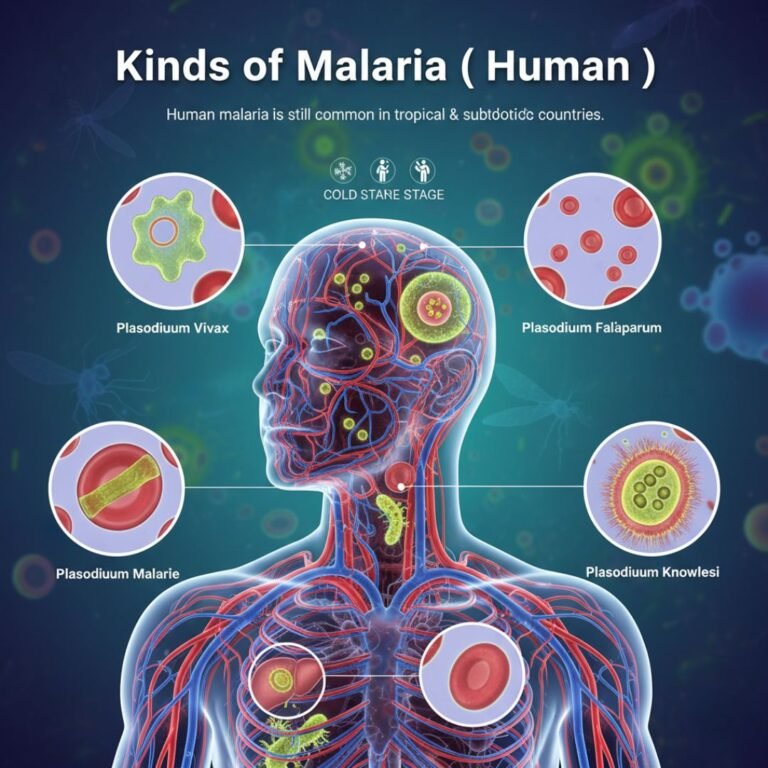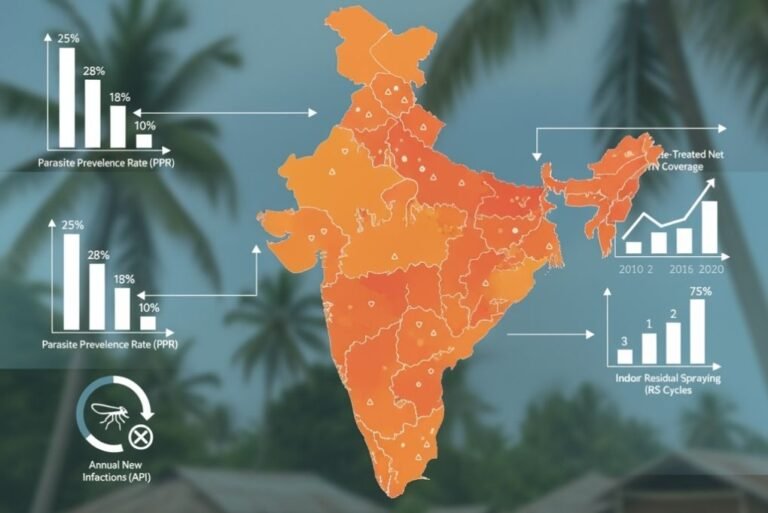Malaria Through the Ages: A Historical Overview
VBD is an infection transmitted by the bite of infected ( Blood- feeding) arthropods ,like mosquitos, ticks & fleas.
eg :- Malaria, Filaria, Dengue, Chikun gunia, Zika virus,JE, chandipura encephalitis, Leishmaniasis, West-nile virus, yellow fever, Schistosomiasis, Chagas disease, Trypanosomiasis, Onchorcerciasis ( River- blindness ), Plague, Scrub Typhus.
Now we discuss here, in short on Malaria firstly.
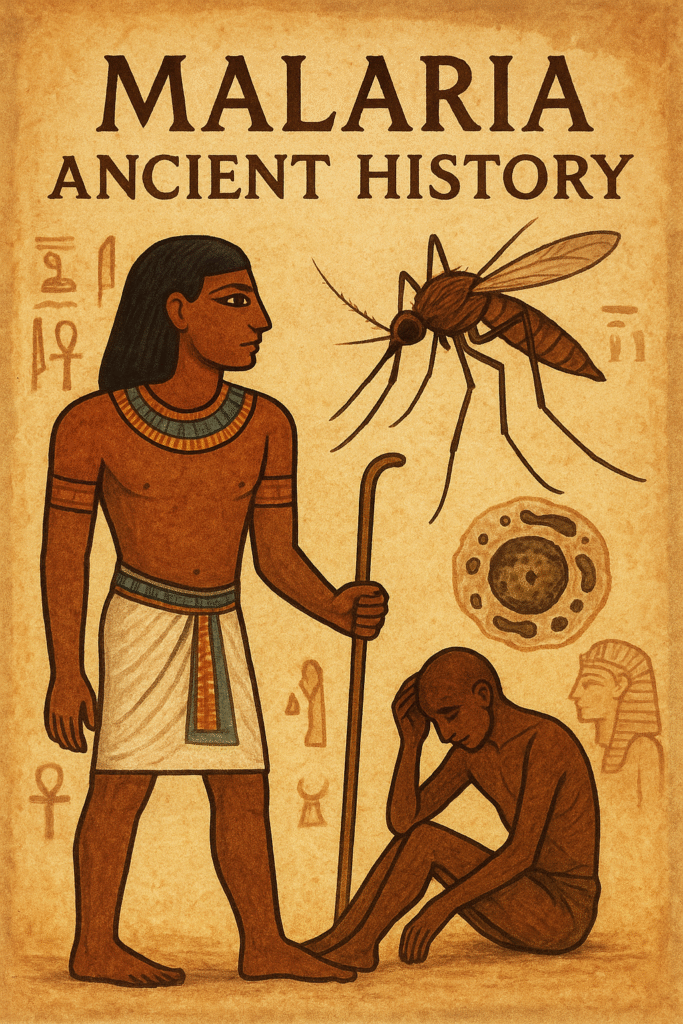
History :-
Malaria is a cold fever disease that was first documented in China 2700 BC & in Greece 800 BC. Hippocrates in the 5 th century BC and Charak & Susruta of the Ayurvedic period gave vivid descriptions of the disease and associated it with the bite of mosquitoes. Algerian scientist charles Louis Alphonse Laveran was first discovered malaria parasite in 1880, making a crucial step in understanding the disease.
An ancient the word ‘ Malaria ” is originally comes from the Italian language, from the miasma theory. The term “Malaria ” is split up as below Mal means Bad, dirty aria means air, weather, surrounding.
Miasma theory was a prevalent, yet ultimately incorrect explanation for malaria cause for centuries. But now a days malaria define as, malaria is a disease which is caused by Plasmodium Parasite protozoa and transmitted or spread by an infected female Anopheles Mosquito as a vector.
Several scientists contributed to the discovery and understanding of malaria as given below
1 ) In 1880 the first human malaria parasite was discovered by Alphonse Laveran.
2) In 1887 Eliya Mechnikov was classified human malaria parasides and how to prevent it.
3 ) In 1891 Romanowsi in Russia develooed a new method of staining blood flims for complete studies of parasites.
4 ) In 1895, Patrick Manson significant contribution to understanding malaria and role of mosquitoes in transmition of malaria.
5 ) In 1895, Ronald Ross discovered that mosquitoes transmit avian malaria parasite. He was working in Secundarabad city in Andhra- pradesh in India and found malaria parasites growing on stomach wall of anopheline mosquitoe, which had previously fed on a malaria patient and letter confirmed human malaria transmition by anopheles mosquito in 1897.
6 ) In 1898, Giovanni Battista Grassi an Italian Zoologist significant contribution to understaning malaria and particular role of mosquitoes in transmition of malaria Grassi identified the specific species of mosquito ( Anopheles ) that transmit malaria paraside as a vector. He was the first to describe the complete life cycle of ” plasmodium falciparum ” paraside, which are most dangerous malaria parasides.
7 ) In 1948 Henry shortt and Cyril Granharm discovered the ” pre-erythrocytic cycle ” of human malaria parasite in the liver.
8 ) In 1982 Wojciech Krotoski indentified ‘hypnozoites ‘ ( dormant stages in liver ) stages of parasites, which was responsible for relapses in pv & po.
These all scientist responsible for discovery of human malaria disease.

